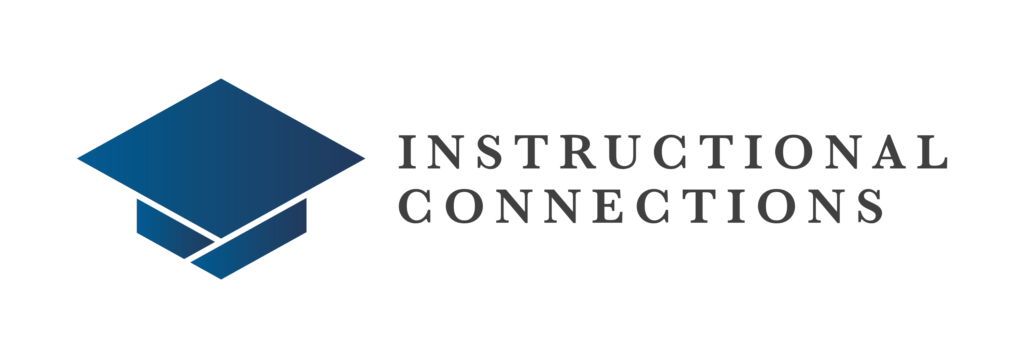With at least 2,500 colleges already offering online programs, it’s no secret that distance learning has become an increasingly integral part of higher education. Instructors and academic coaches have had to work hard to develop a good model for teaching in this environment. But it’s not easy.
There are many different factors that need to be considered when developing an effective distance learning model. This article will discuss some of the vital elements of a solid distance learning model.
Constant Email Communication
It’s important for instructors, faculty, and teaching assistants to always open their email channels. Communication is an integral part of distance learning, and many interactions happen through email.
If instructors and faculty members are not responsive to emails, it can create a disconnection between them and their students. It’s recommended to answer emails from students within 24 hours, even if it’s only to stay: “I’ll have to research that and get back to you.”
For coursework that spans a holiday, educators should still try to be available for urgent inquiries from their students. However, high holidays like Christmas or Yom Kippur need balance and a break to be honored. In cases like this, course-related correspondences might be temporarily suspended, but educators should still try to check their emails at least once daily.
It’s also essential for educators to have someone ready to answer on their behalf if they cannot respond within a 24-hour window. Teaching assistants and academic coaches are generally expected to take over answering duties if the educator is not able to do so.
Utilizing Other Means of Communication
While email is generally considered the primary way for learners to get in touch with their teachers or professors, it’s by no means the only method of communication that can be used.
At the discretion of the school, phone calls, online chats or messengers through the university’s website, Voice-over-Internet Protocol (VoIP), video conferences, and web meetings are popular ways for educators to connect with their students in a distance learning environment.
It’s essential to learn and become adept with these communication channels to have another option to connect with students in the most effective way possible.
Addressing Technology Glitches and Downtimes
Since the distance learning model heavily relies on technology to work, it’s wise for educators and academic coaches to be familiar with many common glitches.
Educators are expected to have at least basic troubleshooting knowledge on some of the most common issues distance learning programs face. These include:
- Internet connection problems
- Audio and video issues with webcams or microphones
- Login issues with the learning management system (LMS)
- Problems accessing or downloading course materials
When any of these happen, it’s important to be patient and have a backup plan ready. For instance, if there’s an issue with the LMS, educators can still send course materials to their students through email.
When responding to students affected by issues and downtimes, having a calm demeanor can help build confidence while waiting for a repair.
It’s also vital that educators and academic coaches report any instances of errors or downtime related to the LMS. While issues with learning management systems should be rare, notifying the administration about them can help prevent similar problems from happening in the future.
Addressing Student Problems
When an issue emerges with or from a student, educators are expected to address them as soon as possible. This is especially true for students who are worried or upset about a specific issue.
Addressing the issue within a 24-hour window is ideal, though some problems will require more time to resolve. If that’s the case, assure the student through email that their concern is currently being addressed and thank them for writing about the issue.
Often, students who have difficulty with the coursework or feel lost during a distance learning program simply struggle to keep up with the pace. That’s why educators need to be as understanding and helpful as possible when addressing student problems.
Keep These Elements in Mind
The elements of an effective distance-learning model are clear and concise communication, utilization of multiple communication channels, as well as addressing technology glitches and student problems well.
When educators and academic coaches keep these elements in mind, they can build a strong foundation for their distance learning program that will benefit them and their students.


